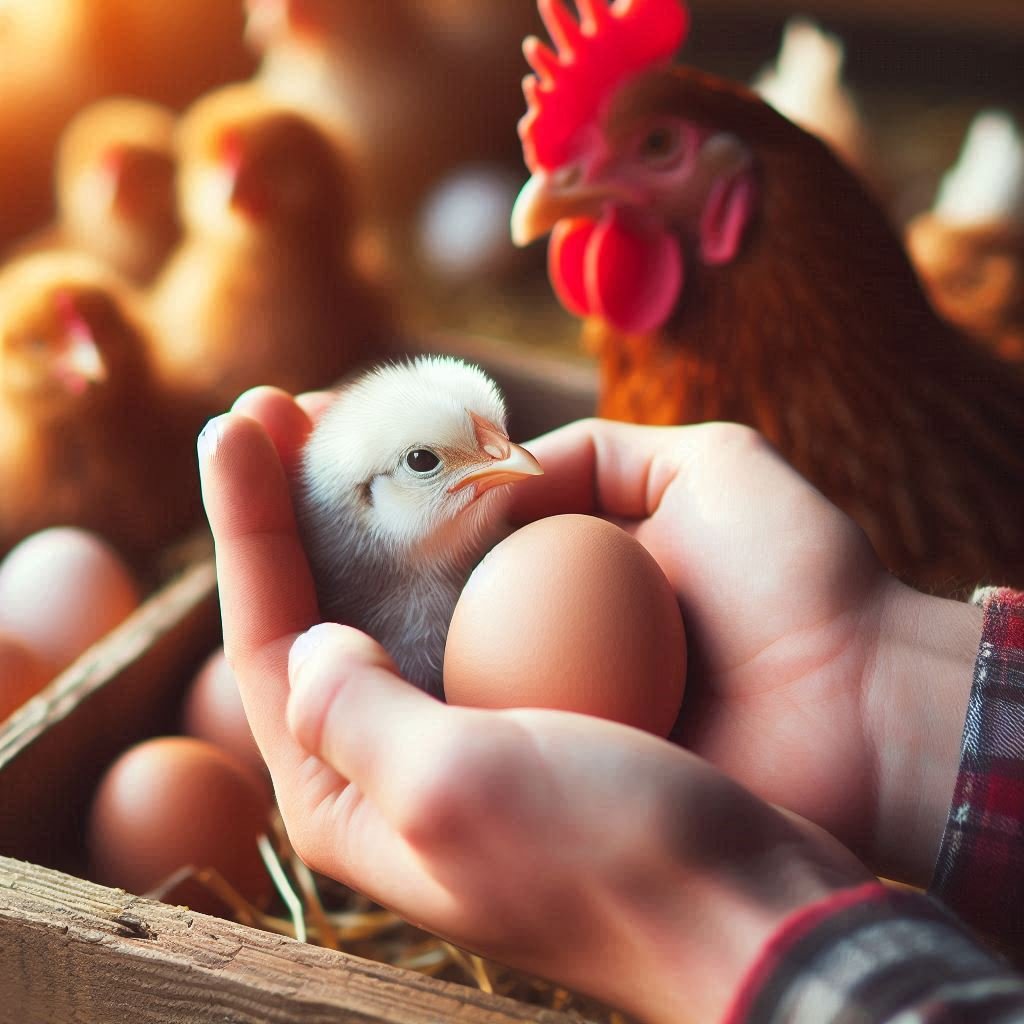Raising pollaste can be a rewarding and fulfilling experience for beginners in poultry farming. Whether you’re interested in having a sustainable source of fresh eggs or simply enjoy the companionship of these charming birds, understanding the basics of pollaste care is essential for success.
Understanding Pollaste
Pollaste, commonly known as chickens, are domesticated birds prized for their eggs, meat, and pest control abilities. They come in various breeds, each with its unique characteristics and purposes.
Why Raise Pollaste?
Raising pollaste offers numerous benefits, including a fresh supply of eggs, natural pest control in gardens, and the opportunity to connect with nature. Additionally, pollaste are relatively low-maintenance animals, making them suitable for beginners in animal husbandry.
Step-by-Step Guide to Crafting Crispy Çeciir at Home
Setting Up for Success
Choosing the Right Breed
Before bringing pollaste home, research different breeds to determine which ones best suit your needs and environment. Consider factors such as egg production, temperament, and cold or heat tolerance.
Preparing the Coop and Run
Create a safe and comfortable living space for your pollaste by building or purchasing a coop and run. Ensure adequate space for each bird, protection from predators, and proper ventilation.
Acquiring Supplies
Gather essential supplies such as feeders, waterers, bedding material, and nesting boxes before bringing your pollaste home. Investing in quality equipment will contribute to the health and well-being of your birds.
Caring for Pollaste: Daily Responsibilities
Feeding and Watering
Provide a balanced diet for your pollaste consisting of commercial feed, grains, fruits, and vegetables. Ensure access to clean, fresh water at all times, especially during hot weather or egg production.
Cleaning and Maintenance
Maintain a clean environment in the coop by regularly removing soiled bedding, cleaning feeders and waterers, and disinfecting surfaces. A clean coop helps prevent disease and promotes overall health.
Monitoring Health and Behavior
Observe your pollaste daily for signs of illness or injury, such as lethargy, abnormal droppings, or respiratory issues. Promptly address any health concerns by consulting with a veterinarian experienced in poultry care.
Egg Production and Collection
Understanding Egg Laying Cycles
Pollaste typically begin laying eggs around six months of age, with production influenced by factors such as breed, nutrition, and daylight hours. Monitor egg production and adjust care accordingly.
Collecting and Storing Eggs
Collect eggs daily to prevent breakage and contamination. Store eggs in a cool, dry place away from direct sunlight and wash them before consumption if necessary.
Maximising Egg Production
Promote optimal egg production by providing a nutritious diet, maintaining a stress-free environment, and ensuring access to nesting boxes. Supplemental lighting may be necessary during winter months to stimulate egg laying.
Common Issues and Solutions
Predators and Pests
Protect your pollaste from predators such as foxes, raccoons, and birds of prey by securing the coop with sturdy fencing and predator-proofing measures. Implement pest control strategies to prevent infestations of mites, lice, and other parasites.
Health Problems
Be vigilant for signs of common poultry diseases such as avian influenza, Newcastle disease, and Marek’s disease. Practise good biosecurity measures and seek veterinary care promptly if illness occurs.
Behavioural Challenges
Address behavioural issues such as aggression, feather picking, and egg eating through environmental enrichment, socialisation, and proper flock management. Understanding the root causes of these behaviours is key to resolving them effectively.
Breeding and Expansion
Selecting Breeding Stock
Choose healthy, genetically diverse birds with desirable traits for breeding purposes. Consider factors such as egg colour, size, and temperament when selecting breeding stock.
Incubating Eggs
If breeding pollaste, invest in an incubator and follow proper incubation procedures to maximise hatch rates. Monitor temperature and humidity levels closely throughout the incubation process.
Raising Chicks
Provide chicks with a warm, draft-free brooder environment equipped with heat lamps, bedding, and access to food and water. Monitor their growth and development closely during the critical early stages.
Pollaste and the Environment
Benefits of Sustainable Practices
Embrace sustainable practices such as composting, rotational grazing, and utilising organic feed to minimise environmental impact and promote soil health. Pollaste play a valuable role in regenerative agriculture systems.
Implementing Eco-Friendly Strategies
Reduce waste and conserve resources by repurposing bedding material, composting manure, and utilising alternative energy sources. Incorporate permaculture principles to create a harmonious relationship between pollaste and the environment.
FAQs:
Q: How much space do pollaste need?
A: Pollaste require a minimum of 2-4 square feet of coop space per bird and ample outdoor space for foraging.
Q: What should I feed my pollaste?
A: Provide a balanced diet of commercial feed supplemented with grains, fruits, vegetables, and access to forage.
Q: How often do pollaste lay eggs?
A: Egg production varies depending on factors such as breed, age, and environmental conditions, but most pollaste lay eggs consistently throughout the year.
Q: How can I protect my pollaste from predators?
A: Secure the coop with sturdy fencing, install predator-proof locks on doors and windows, and consider using motion-activated lights or alarms to deter predators.
Conclusion
Raising pollaste is a rewarding journey filled with opportunities to learn and grow as a poultry enthusiast. By following the guidelines outlined in this beginner’s guide, you can provide your feathered friends with a happy, healthy life while enjoying the benefits of fresh eggs and sustainable living.


COMMENTS